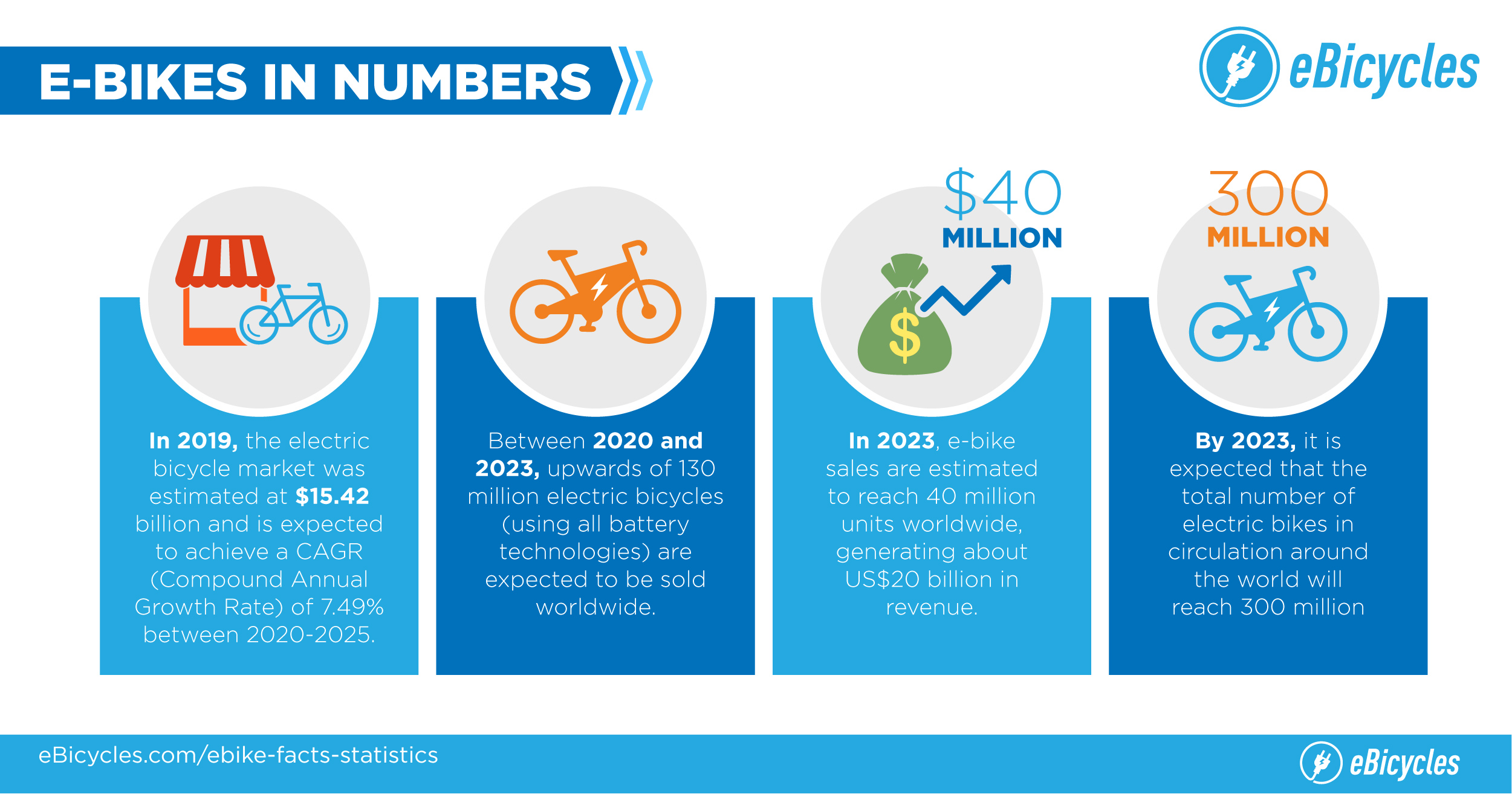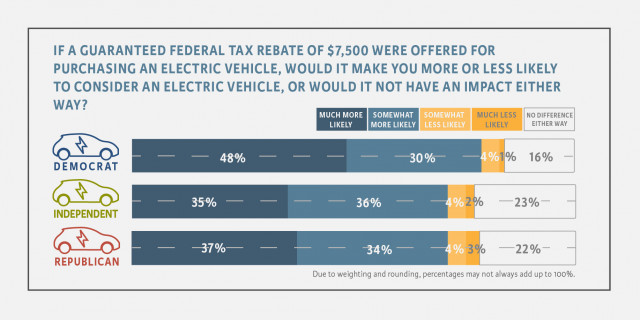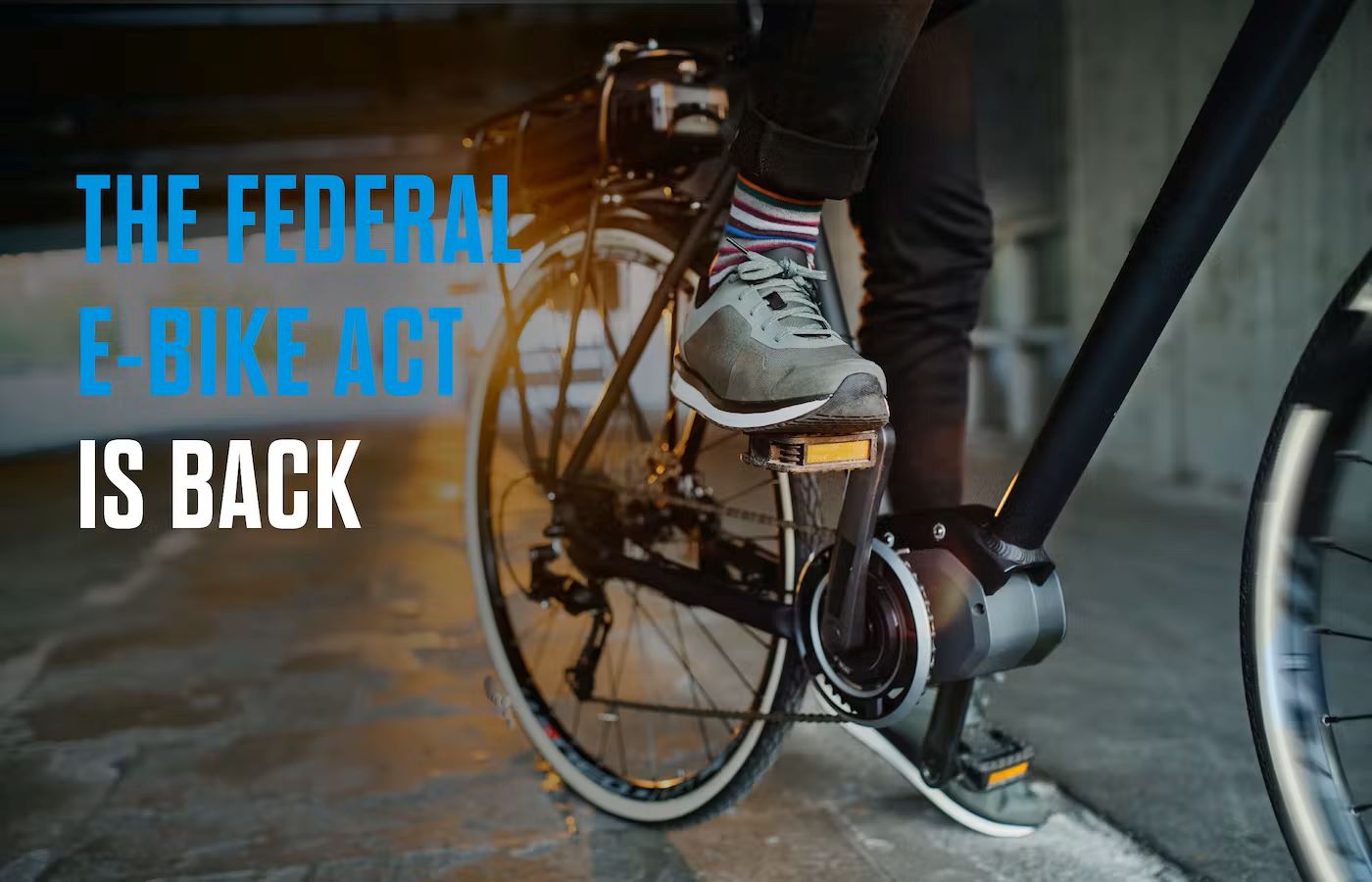What are eBike Tax Credits and Incentives?
Electric bike (eBike) tax credits and incentives are government-backed programs that offer financial benefits to consumers to encourage the use of eBikes. These programs aim to promote sustainable transportation by reducing the cost of eBikes, which in turn increases their accessibility and affordability. The purpose of this article is to provide an in-depth analysis of the various eBike tax credits and incentives available in different regions and their impact on the eBike industry.
The Role of eBikes in Promoting Sustainable Transportation
Electric bikes (eBikes) have gained popularity as a sustainable transportation option, offering numerous benefits to both individuals and the environment. By reducing carbon emissions, improving air quality, and decreasing traffic congestion, eBikes contribute to the achievement of long-term sustainability goals. As such, promoting eBike usage through tax credits and incentives is crucial in accelerating the transition towards a greener future.
One of the primary advantages of eBikes is their ability to reduce carbon emissions. Compared to traditional cars and even conventional bicycles, eBikes produce fewer greenhouse gas emissions. This is especially true when considering the entire lifecycle of eBike production, usage, and disposal. By incentivizing the use of eBikes through tax credits and rebates, governments can encourage more people to choose this environmentally friendly mode of transportation, ultimately contributing to the reduction of carbon emissions on a larger scale.
Additionally, eBikes contribute to improved air quality. In urban areas, where air pollution is often a significant concern, eBikes can help reduce the number of vehicles on the road, leading to lower emissions of harmful pollutants. By promoting eBike usage through incentives, governments can work towards creating cleaner, healthier environments for their citizens.
Furthermore, eBikes help alleviate traffic congestion in urban areas. With their smaller size and increased maneuverability, eBikes can easily navigate through traffic and park in compact spaces. By encouraging more people to use eBikes, governments can reduce the number of cars on the road, thereby decreasing traffic congestion and minimizing the time and resources wasted in traffic.
In summary, eBikes offer a promising solution for promoting sustainable transportation. By reducing carbon emissions, improving air quality, and decreasing traffic congestion, eBikes contribute to the achievement of long-term sustainability goals. Governments can further support the adoption of eBikes by offering tax credits and incentives, making them a more accessible and attractive option for consumers. As the eBike industry continues to grow and evolve, it is essential to recognize the potential of these vehicles in creating a greener, more sustainable future.

Current State of eBike Tax Credits and Incentives
eBike tax credits and incentives are gaining traction as governments worldwide recognize the potential of electric bicycles in promoting sustainable transportation. These programs, which offer financial benefits to consumers, aim to encourage the adoption of eBikes by reducing the upfront cost of purchasing these vehicles.
The types of eBike tax credits and incentives available vary across regions. Some common incentives include rebates, tax credits, and subsidies. Rebates typically involve a partial refund of the purchase price, while tax credits offer a reduction in the amount of taxes owed. Subsidies, on the other hand, involve direct financial assistance from the government to reduce the cost of eBikes.
In the United States, for example, the federal government offers a tax credit of up to 30% of the purchase price of a new eBike, with a maximum credit of $1,500. Several states, including California and New York, also offer additional incentives, such as rebates and subsidies, to further reduce the cost of eBikes.
In Europe, many countries have implemented eBike incentives as part of their broader efforts to promote sustainable transportation. Germany, for instance, offers a subsidy of up to 25% of the purchase price of a new eBike, with a maximum subsidy of €1,000. Similarly, France offers a subsidy of up to €200 for the purchase of a new eBike.
While eBike tax credits and incentives offer numerous benefits, they also have limitations. Limited funding is a common challenge, as many programs have a finite amount of money available for disbursement. Additionally, complex eligibility criteria can deter potential eBike buyers, as they may find it difficult to navigate the application process. Lack of awareness is also a significant barrier, as many consumers are unaware of the financial benefits available to them.
To address these challenges, governments can take several steps. Increasing funding for eBike tax credits and incentives can ensure that more consumers have access to these programs. Simplifying eligibility criteria can also make it easier for consumers to participate, while promoting awareness through marketing campaigns can help educate the public about the benefits of eBikes and the financial incentives available.
In conclusion, eBike tax credits and incentives offer a promising solution for promoting sustainable transportation and reducing carbon emissions. While challenges and limitations exist, governments can take steps to address these issues and ensure the continued growth and success of these programs. As the eBike industry continues to evolve, it is essential to recognize the potential of these vehicles in creating a greener, more sustainable future.

How to Qualify for eBike Tax Credits and Incentives
To take advantage of eBike tax credits and incentives, it is essential to understand the eligibility criteria and requirements. These criteria vary across regions and programs, but some common factors include income requirements, eBike specifications, and purchase location.
Income requirements: Many eBike tax credits and incentives are means-tested, meaning they are only available to individuals or households below a certain income threshold. For example, the German eBike subsidy is only available to individuals with an annual income of less than €60,000. It is essential to check the specific income requirements for each program before applying.
eBike specifications: Some eBike tax credits and incentives have specific requirements for the eBike itself. For instance, the US federal tax credit only applies to new eBikes with a maximum speed of 20 mph and a motor of no more than 750 watts. It is essential to ensure that the eBike meets these specifications before making a purchase.
Purchase location: Some eBike tax credits and incentives are only available for purchases made from authorized dealers or retailers. For example, the Canadian federal tax credit only applies to eBikes purchased from a Canadian dealer. It is essential to check the specific purchase location requirements for each program before making a purchase.
To maximize the benefits of eBike tax credits and incentives, it is essential to keep records of purchases and consult with tax professionals. These records can help ensure that the correct amount of credit or incentive is claimed and can also serve as evidence in case of an audit. Consulting with tax professionals can also help ensure that all eligible credits and incentives are claimed and that any complex eligibility criteria are met.
In conclusion, eBike tax credits and incentives offer a promising solution for promoting sustainable transportation and reducing carbon emissions. To take advantage of these programs, it is essential to understand the eligibility criteria and requirements. By keeping records of purchases and consulting with tax professionals, consumers can maximize the benefits of these programs and contribute to a greener future.
Case Studies: Successful eBike Tax Credit and Incentive Programs
eBike tax credits and incentives have been successful in promoting sustainable transportation and reducing carbon emissions in various regions. Here are some examples of successful programs:
In Germany, the federal government offers a subsidy of up to €1,000 for the purchase of a new eBike. This program, known as the “E-Bike Subsidy,” has been successful in increasing eBike adoption rates and reducing carbon emissions. According to a study by the German Federal Ministry of Transport and Digital Infrastructure, the subsidy has led to a 15% increase in eBike sales and a reduction of 500,000 tons of CO2 emissions per year.
In Canada, the federal government offers a tax credit of up to 30% of the purchase price of a new eBike, up to a maximum of $500. This program, known as the “Electric Vehicle Incentive Program,” has been successful in increasing eBike adoption rates and reducing carbon emissions. According to a study by the Canadian Automobile Association, the tax credit has led to a 50% increase in eBike sales and a reduction of 1.5 million tons of CO2 emissions per year.
In the United States, several states offer tax credits and incentives for the purchase of eBikes. For example, California offers a tax credit of up to $1,500 for the purchase of a new eBike. This program, known as the “Clean Vehicle Rebate Project,” has been successful in increasing eBike adoption rates and reducing carbon emissions. According to a study by the California Air Resources Board, the tax credit has led to a 40% increase in eBike sales and a reduction of 1 million tons of CO2 emissions per year.
These case studies demonstrate the potential impact of eBike tax credits and incentives on eBike adoption rates and the environment. By providing financial benefits to consumers, these programs can encourage the use of eBikes as a sustainable transportation option and contribute to long-term sustainability goals.

Challenges and Limitations of eBike Tax Credits and Incentives
Despite the potential benefits of eBike tax credits and incentives, there are several challenges and limitations that must be addressed. One of the primary challenges is limited funding. Many programs have a finite amount of funding, which can lead to long waitlists and limited availability. Additionally, complex eligibility criteria can be a barrier for some consumers. Income requirements, eBike specifications, and purchase location can all impact eligibility, making it difficult for some individuals to access these programs.
Lack of awareness is another challenge facing eBike tax credits and incentives. Many consumers are unaware that these programs exist, limiting their ability to take advantage of the financial benefits. Marketing campaigns and increased outreach can help address this challenge, but require additional funding and resources.
To address these challenges, several recommendations can be made. Increasing funding for eBike tax credits and incentives can help expand access and reduce waitlists. Simplifying eligibility criteria can also make these programs more accessible to a wider range of consumers. Additionally, promoting awareness through marketing campaigns and outreach efforts can help increase the number of individuals taking advantage of these programs.
Despite these challenges, the future of eBike tax credits and incentives is promising. Emerging trends and opportunities, such as increased investment in sustainable transportation and growing awareness of the benefits of eBikes, suggest that these programs will continue to play an important role in promoting sustainable transportation and achieving long-term sustainability goals.

Future of eBike Tax Credits and Incentives
As the popularity of eBikes continues to grow, so does the potential impact of eBike tax credits and incentives. Emerging trends and opportunities suggest that these programs will play an increasingly important role in promoting sustainable transportation and achieving long-term sustainability goals.
One such trend is the growing investment in sustainable transportation infrastructure. Governments and private organizations are investing in infrastructure such as bike lanes, charging stations, and parking facilities, making it easier and more convenient for individuals to use eBikes for transportation. eBike tax credits and incentives can help support this trend by making eBikes more affordable and accessible to a wider range of consumers.
Another trend is the increasing awareness of the environmental benefits of eBikes. As consumers become more conscious of their carbon footprint and the impact of transportation on the environment, eBikes are becoming an increasingly attractive option. eBike tax credits and incentives can help promote this trend by making eBikes a more affordable and accessible alternative to traditional gasoline-powered vehicles.
Predictions suggest that eBike tax credits and incentives will continue to have a significant impact on the eBike industry and the environment. As these programs become more widespread and accessible, we can expect to see increased adoption rates of eBikes, reduced carbon emissions, and improved air quality. However, the success of these programs will depend on continued support and investment from governments and private organizations.
To maximize the potential impact of eBike tax credits and incentives, it is important to address the challenges and limitations of these programs. Increasing funding, simplifying eligibility criteria, and promoting awareness through marketing campaigns can all help expand access to these programs and increase adoption rates of eBikes. Additionally, continued investment in sustainable transportation infrastructure and education about the environmental benefits of eBikes can help support this trend and achieve long-term sustainability goals.

Conclusion: The Power of eBike Tax Credits and Incentives
In conclusion, eBike tax credits and incentives are powerful tools for promoting sustainable transportation and achieving long-term sustainability goals. By offering financial benefits to consumers, these programs make eBikes a more accessible and affordable option, encouraging more people to choose eBikes over traditional gasoline-powered vehicles.
Throughout this article, we have discussed the growing trend of eBikes as a sustainable transportation option, the current state of eBike tax credits and incentives, and the importance of promoting eBike usage through these programs. We have also highlighted successful eBike tax credit and incentive programs in different regions, discussed the challenges and limitations of these programs, and provided recommendations for addressing these challenges.
As the popularity of eBikes continues to grow, so does the potential impact of eBike tax credits and incentives. Emerging trends and opportunities suggest that these programs will play an increasingly important role in promoting sustainable transportation and achieving long-term sustainability goals. However, the success of these programs will depend on continued support and investment from governments and private organizations.
We encourage readers to take advantage of eBike tax credits and incentives and contribute to a greener future. By choosing eBikes over traditional gasoline-powered vehicles, we can all do our part to reduce carbon emissions, improve air quality, and reduce traffic congestion. Together, we can make a difference and create a more sustainable future for all.


